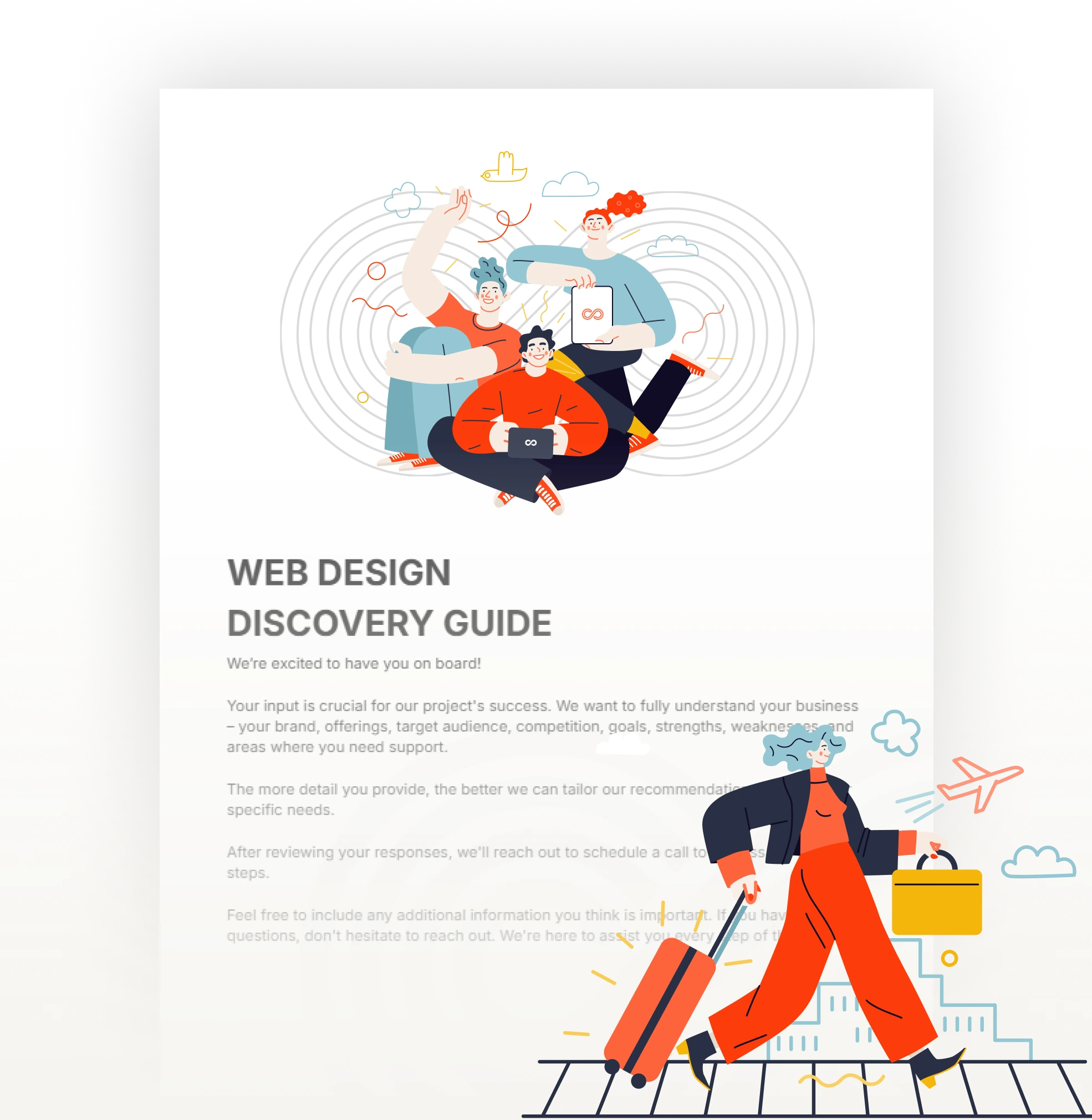The Very Best Kinds Of Web Style to Boost Individual Experience and Involvement
In the ever-evolving landscape of digital interaction, the effectiveness of Web design considerably affects individual experience and involvement. Numerous layout strategies, such as minimal, receptive, and interactive formats, each deal one-of-a-kind benefits that can provide to varied individual requirements.
Minimalist Web Design
As digital landscapes come to be significantly cluttered, minimal website design has actually arised as an effective technique to boosting customer experience. This style approach prioritizes simplicity, concentrating on vital aspects while eliminating unnecessary disturbances. By making use of adequate white area, simple navigation, and a minimal shade combination, minimal style fosters clarity and routes individual interest to key web content.
The core concept of minimalist website design is to produce a smooth communication for individuals. By reducing cognitive lots, customers can quickly understand information without really feeling bewildered. This straight strategy not just boosts use yet additionally urges involvement, as visitors are more most likely to check out a site that is aesthetically attractive and simple to navigate.
In addition, minimalist layout often highlights typography and imagery, utilizing these aspects tactically to share messages successfully. This focus on crucial parts can enhance brand name identity and create a remarkable customer experience. In significance, minimal website design is not simply a fad; it is a thoughtful method that acknowledges the importance of user-centered style. By removing away peripheral aspects, developers can create a more appealing, reliable, and satisfying Web experience for all users.
Responsive Website Design
In today's diverse electronic environment, receptive Web layout has actually ended up being essential for developing a seamless individual experience across a wide variety of gadgets. As customers accessibility internet sites on smart devices, desktop computers, tablets, and laptops, the capability of a web site to adjust its format and web content to different screen dimensions and resolutions is crucial.
Responsive Web design employs flexible grids, photos, and CSS media inquiries to ensure that Web material exists efficiently, regardless of the tool made use of. This strategy not only boosts the visual allure of a website yet additionally dramatically enhances functionality. Users are most likely to engage with a site that supplies a constant experience, as it eliminates the disappointment of needing to zoom in or scroll exceedingly.
By taking on receptive style, companies can improve their exposure and reach a more comprehensive target market. In summary, responsive Web layout is a fundamental method that boosts user experience, interaction, and total complete satisfaction.
Interactive Web Design
Responsive Web layout prepares for improving customer experience, yet interactive Web style takes this a step even more by involving customers in a more dynamic method - Aligned Position Web Design. By including components such as animations, clickable models, and real-time responses, interactive Web style mesmerizes customers, attracting them into a richer browsing experience
This method not just cultivates involvement but also see this website encourages individuals to check out material proactively as opposed to passively eating it. Strategies such as gamification, where customers earn rewards for completing tasks, can dramatically directory enhance the time spent on a site and improve general contentment. Furthermore, interactive features can simplify complicated details, making it extra enjoyable and digestible.

Integrating interactive style aspects can likewise cause greater conversion rates, as users are extra most likely to engage with a site that proactively entails them. Aligned Position Web Design. Eventually, interactive Web design transforms customer experiences right into memorable journeys, ensuring that visitors return time and again
Apartment Design
Characterized by its minimalistic technique, level layout highlights simplicity and functionality, removing away unnecessary elements and concentrating on important features. This layout ideology prioritizes use, making sure that individuals can browse user interfaces effortlessly and performance. By using a clean visual, flat style removes the clutter often discovered in more elaborate designs, therefore improving individual concentrate on material and capability.
The characteristic of flat design hinges on its use bold shades, basic typography, and geometric shapes. These aspects add to a visually enticing user interface that is both contemporary and approachable. Additionally, flat design fosters a sense of clarity, allowing individuals to discern essential actions and details without interruption.
In addition, flat layout is especially effective in receptive Web style, as its simplicity translates well across various tools and display dimensions. By focusing on necessary attributes, flat design not only satisfies individual demands however additionally encourages smooth communication, making it an important component of efficient Web style strategies.
Adaptive Web Style
Adaptive website design customizes the customer experience by producing multiple taken care of formats tailored to various display sizes and gadgets. Unlike receptive layout, which over here fluidly adjusts a single layout, flexible style employs unique formats for specific breakpoints, making certain ideal presentation on numerous platforms. This technique allows designers to concentrate on the unique features of each gadget, boosting functionality by providing exactly what customers need based upon their context.
Among the main benefits of adaptive Web style is its ability to enhance lots times and efficiency. By serving tailored web content and images that fit the user's tool, internet sites can reduce information use and boost loading speeds. This is particularly helpful for customers with slower connections or limited data strategies.

In addition, flexible style helps with a more constant and regulated branding experience. Because developers develop multiple designs, they can make certain that the aesthetic elements align with the brand's identification throughout various systems - Aligned Position Web Design. This causes a cohesive customer experience, boosting interaction and advertising individual retention
Verdict
To conclude, the integration of minimal, responsive, and interactive Web layout concepts dramatically enhances individual experience and interaction. Minimal style cultivates clarity and emphasis, while receptive layout ensures adaptability across various devices, promoting access. Interactive style astounds users through vibrant elements, motivating exploration and customization. Jointly, these design approaches contribute to the development of user-friendly environments that not just boost complete satisfaction but likewise drive greater conversion rates, underscoring their critical value in contemporary website design strategies.

Minimal layout cultivates quality and emphasis, while receptive design ensures versatility across different gadgets, promoting access. Jointly, these layout comes close to add to the production of straightforward settings that not just boost satisfaction but also drive greater conversion prices, emphasizing their critical importance in contemporary Web layout methods.
Comments on “Aligned Position Web Design: Creating Custom Websites That Drive Traffic and Increase Conversions”